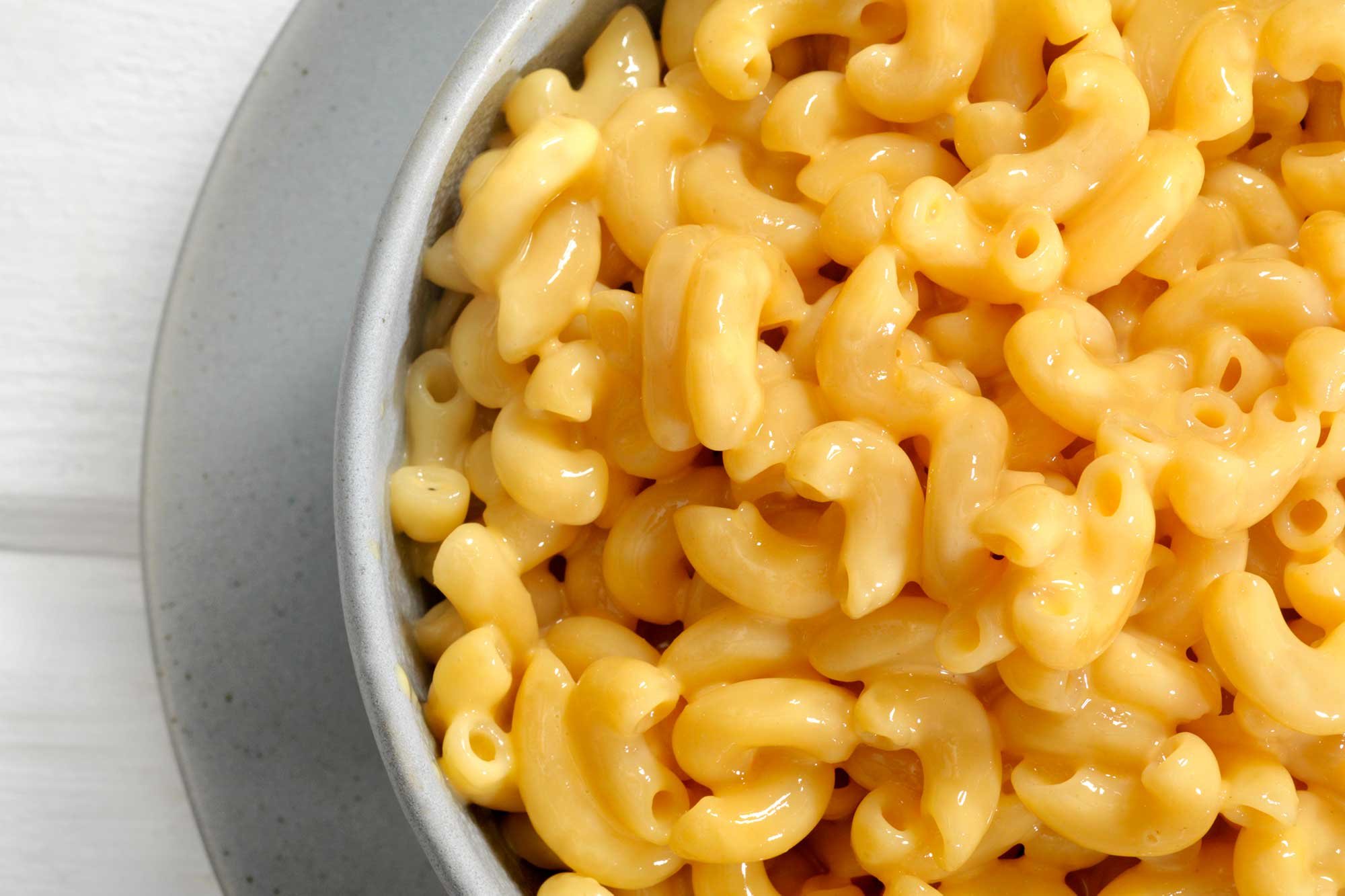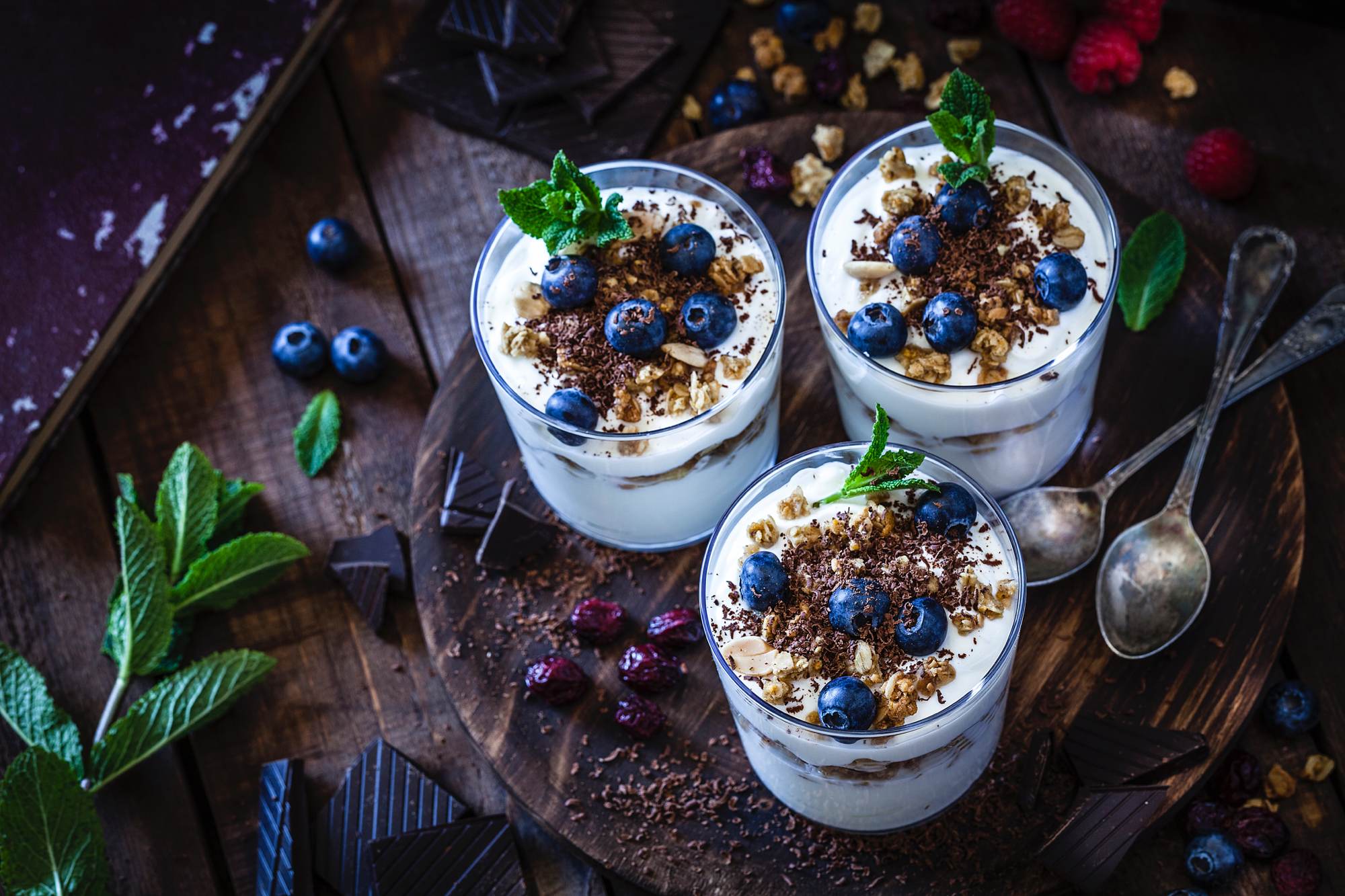Natural ingredients. Innovative solutions.
Grande Custom Ingredients Group produces innovative functional whey ingredient solutions that are derived from the finest white Italian cheese made in our own facilities. Through our proprietary processes, we offer all-natural ingredients that improve texture, flavor, freshness, nutrition and mouthfeel in a variety of creamy applications, cheese-based products, sports beverages, processed meats and more.
When you combine your toughest formulation challenge with the expertise of our team and specialty ingredients, you’ll get a delicious, wholesome and price-stable product that appeals to today’s demanding consumer.
Explore our innovative ingredients to see which one is best suited for your application!






It depends on the product. Grande Bravo partially replaces heavy cream and other high-fat dairy. Grande Gusto partially replaces fresh or powdered cheese. Grande Primo is used in place of regular or Greek yogurt. Contact our formulation team to talk through your challenge.
At Grande Custom Ingredients Group, all of our whey protein products are made following a strict chain of custody and production process that uses zero chemical modifications, additives, preservatives or antibiotics. This results in all-natural whey protein products that can help clean up your nutrition labels with ingredients that are recognizable by consumers.
Grande whey protein products can help you optimize ingredient costs by replacing costly ingredients like fresh dairy. It can also help minimize storage and handling costs. Unlike commodity ingredients, its price remains incredibly stable over time—eliminating the need to reformulate due to unexpected ingredient price fluctuations.
Our whey protein products have no special inventory requirements and don’t require refrigeration, giving them better shelf life than most products made otherwise. — typically up to 18 months.
Grande Custom Ingredients Group takes the quality of our products and the health of your end consumers very seriously. This is why the majority of our whey protein products are available Kosher, Grade A, HALAL, and EU, and all of our plants are certified at SQF Level III.
250 Camelot Drive
Fond du Lac, WI 54935
Copyright 2024 Grande Cheese Company. All Rights Reserved. Reproduction without permission is prohibited